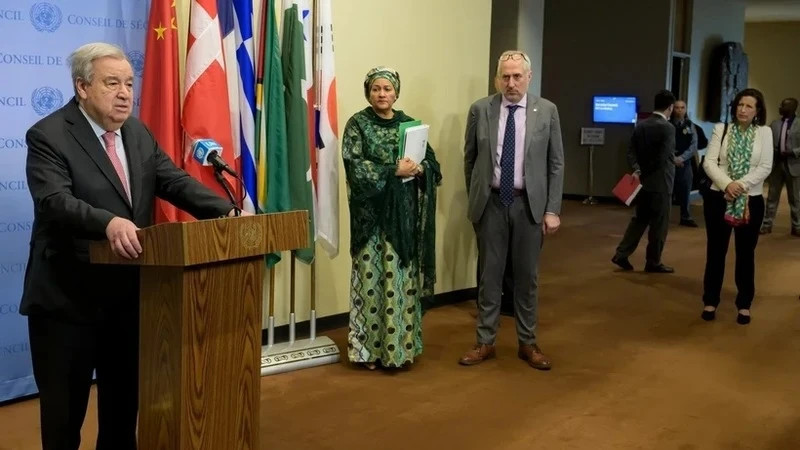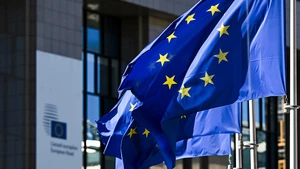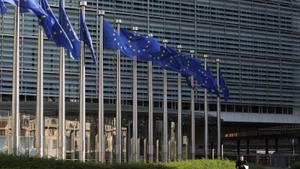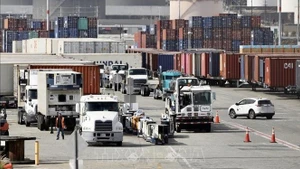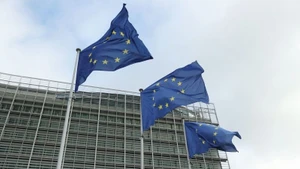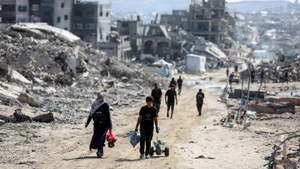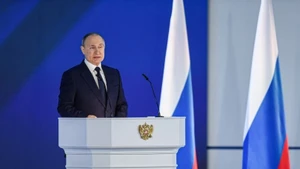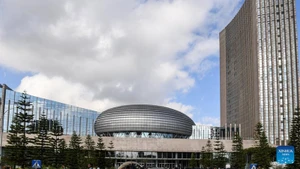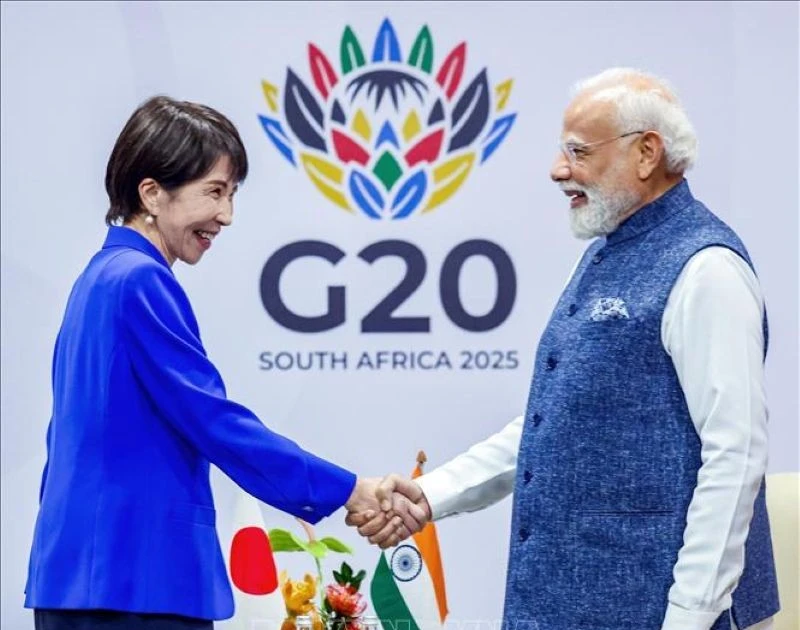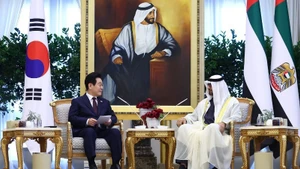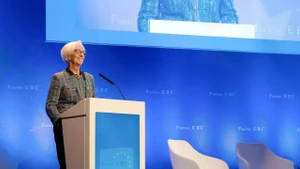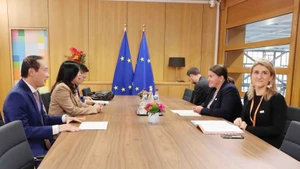Official development assistance (ODA) originated after World War II, initially aimed at rebuilding and supporting developing countries.
Through ODA, developed countries also partly repaid their wealth based on the natural resources and human resources of poor countries in the 100 years before the war.
The Development Assistance Committee (DAC), which is made up of the 33 largest providers of aid of the OECD, formally introduced the concept of ODA in 1969 as a measure of foreign aid effort.
Over time, the concept and objectives of ODA have evolved, focusing more on comprehensive and sustainable development cooperation. Over the past 30 years, ODA programmes have made a major contribution to the socio-economic development of developing countries.
Child mortality rates and extreme poverty have been halved. Multilateral partners such as the Global Alliance for Vaccines and Immunisation (GAVI) have saved millions of lives from infectious diseases such as malaria, HIV, and tuberculosis.
Health and development programs bring huge economic benefits, for example, for every 1 USD spent on child immunisation, developing countries will gain 44 USD in benefits.
When aid is used to help increase incomes in developing countries, it can create jobs in the countries that provide it. Of the top 15 trading partners of the US, 11 were aid recipients.
The OECD report states that total ODA amounted to 212.1 billion USD in 2024, representing 0.33% of member countries' combined gross national income (GNI) of DAC member countries, down 7.1% from 2023. The OECD forecasts that ODA will continue to decline by 9-17% in 2025.
Humanitarian aid dropped by an estimated 9.6% in 2024, amounting to 24.2 billion USD. ODA used to cover refugee costs within donor countries fell by 17.3% in 2024 compared to 2023 and amounted to 27.8 billion USD, representing 13.1% of DAC member countries' total ODA, down from 14.6% in 2023.
Net bilateral ODA flows from DAC members to Africa stood at 42 billion USD in 2024, representing a fall of 1% in real terms compared to 2023. Within this total, net ODA to sub-Saharan Africa was 36 billion USD, a decrease of 2% in real terms. ODA to the least developed countries (LDCs) decreased by 3% to 35 billion USD.
The US continued to be the largest DAC member country provider of ODA (63.3 billion USD), accounting for 30% of total DAC ODA in 2024, followed by Germany (32.4 billion USD), the United Kingdom (18.0 billion USD), Japan (16.8 billion USD), and France (15.4 billion USD).
ODA rose in ten DAC member countries and fell in twenty-two countries. Only four countries exceeded the United Nations’ target of 0.7% ODA to GNI: Denmark (0.71%), Luxembourg (1.00%), Norway (1.02%) and Sweden (0.79%).
DAC Chair Carsten Staur warned, "It’s even more concerning that some of the major donors have signalled further, and quite significant, decreases over the coming years.".
In recent months, many developed countries such as the US, UK and France have announced cuts in their foreign aid budgets.
Since returning to the White House in January 2025, US President Donald Trump has cut 92% of funding for overseas programmes from the US Agency for International Development (USAID). USAID has an annual budget of 42.8 billion USD, accounting for 42% of the world's ODA.
ODA is being poured into places where it is needed most, the poorest and most vulnerable countries. ODA is also prioritised for programmes to eradicate poverty, green transformation, and improve national governance.
Without aid, rising poverty and instability in LDCs and developing countries could drag developed countries into conflicts in far-flung regions and bring instability to their borders in the form of migration and refugee crises like those occurring in North America and Europe, or pandemics like the COVID-19 pandemic.
In a strongly globalised world, all countries live together in a “global village” with increasingly close interdependence. Therefore, DAC Chair Carsten Staur urged member countries to stop the trend of cutting development aid.
